Keeping interest rates low is vital for the retail industry this year, says Next boss
An interest rate hike would be the biggest threat to retail this year, Next finance director David Keens has warned.
As retailers cope with the impact of the VAT increase, rising costs and the spectre of unemployment Keens said: “People have a finite amount of money to spend. Keeping interest rates low is critical for the industry.
Want to know more?
Visit Retail Week Knowledge Bank for detailed data and analysis
“Mortgage payments are the largest single monthly outgoing our customers have. It’s fixed, they have to pay it, whereas they can always buy less or cheaper clothes. When, for example, you translate a 2% increase in mortgage rates into pounds, it’s taking a big bite out of discretionary spend.”
Keens’ warning was echoed by John Lewis director of selling operations Nat Wakely. He said: “The two key variables for us are unemployment and mortgage rates. It is important to us that interest rates do not go up as we are a home-based retailer.”
High inflation has led to some economists and analysts forecasting that interest rates may rise this year from 0.5% to 1.5% or 2%.
Shore Capital analyst Clive Black said: “If inflation continues to rise, then the Bank of England may be forced to take action and put up interest rates to cap inflation.
“There is a hope that inflation will subside, then interest rates can go up gradually. But forcing the Bank of England to take drastic action is a place that no one wants to get to.”
The British Retail Consortium said it would continue to lobby to ensure interest rates remain low. BRC economist Richard Lim said: “With high inflation and low wage growth, it is critical for recovery that interest rates stay the same.”
The issue is all the more important because many retailers start the new year having been impacted by snow during the crucial Christmas selling period. Store chiefs hope that as the year progresses conditions will improve.
Aurora chief executive Mike Shearwood said: “Our trading over the Christmas period was lower than was forecast because of the weather, but we still achieved single-digit like-for-like growth. The first quarter will be tough but I expect to see things recovering from April.”
On Wednesday, Next reported like-for-likes down 6.1% between August 1 and December 24, 2010, but it remains on track to meet profit expectations. John Lewis posted like-for-likes up 7.6% in the five weeks to January 1, when total sales jumped 8.9% to £545m.






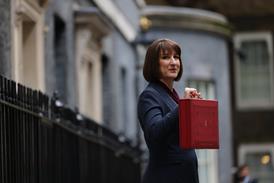





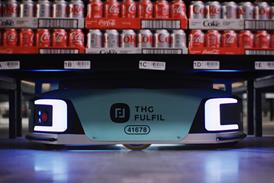

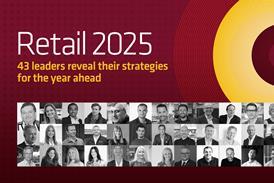



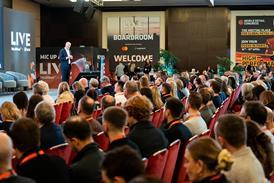



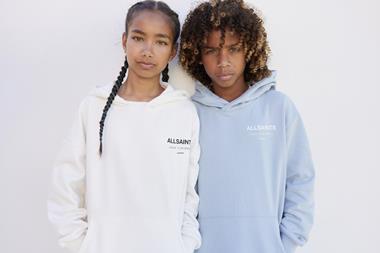
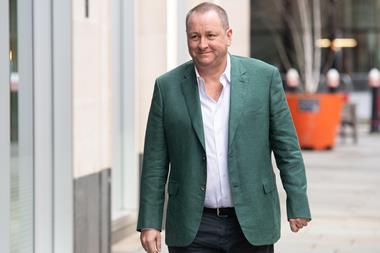

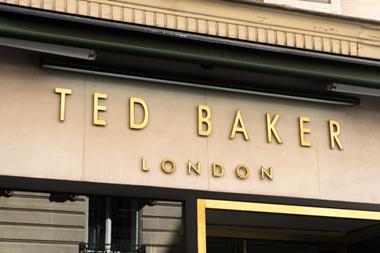
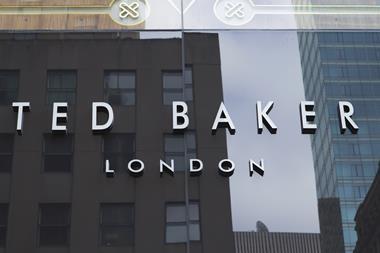
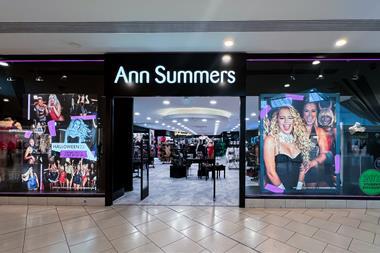
No comments yet